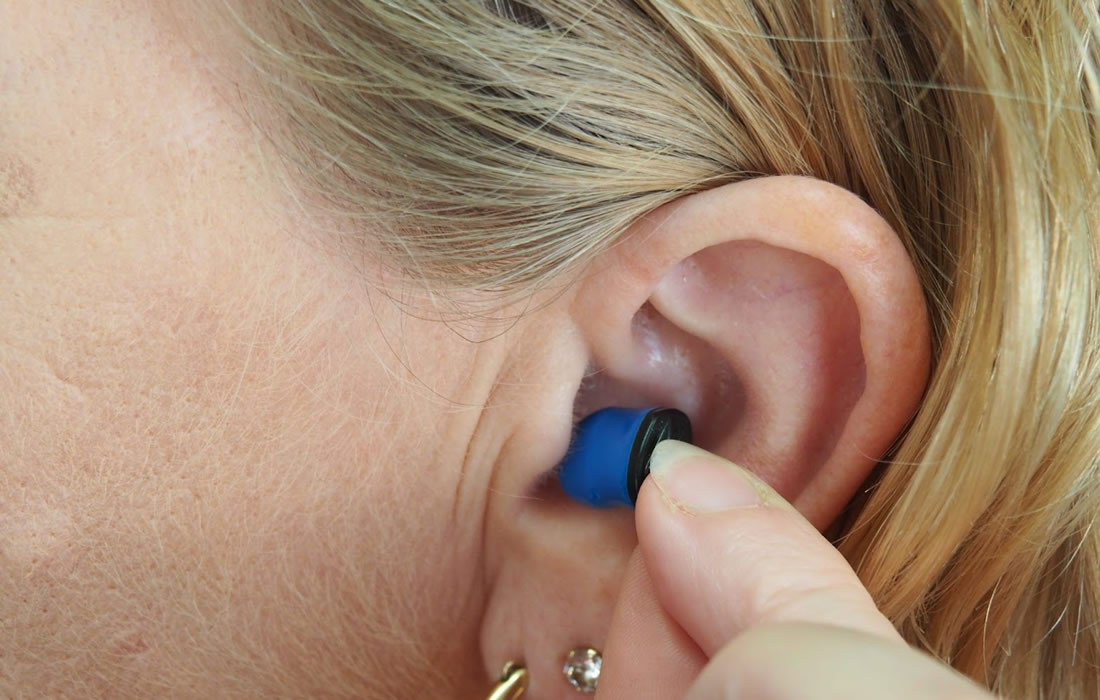Regenerative Medicine News and General Information
New Insights into Hearing Regeneration
A deaf adult cannot recover the ability to hear, because the sensory hearing cells of the inner ear don’t regenerate after damage. In two new studies, scientists explain why this is the case and how we might be able to change it.
“In the non-sensory supporting cells of the inner ear, key genes required for conversion to sensory cells are shut off through a process known as ‘epigenetic silencing.’ By studying how the genes are shut off, we begin to understand how we might turn them back on to regenerate hearing,” said John Duc Nguyen, the first author of one of the papers.
One important way that genes are shut off or “silenced” involves chemical compounds called methyl groups that bind to DNA and make it inaccessible. When the DNA that instructs a cell to become a sensory hearing cell is methylated, the cell cannot access these instructions.
An enzyme called TET can remove methyl groups from the DNA, thus reversing the gene silencing and restoring the capacity of supporting cells to convert into sensory hair cells. Accordingly, when the scientists blocked the activity of TET, the supporting cells retained their DNA methylation and therefore could not convert into sensory hair cells in the Petri dish.
Intriguingly, in a separate experiment, the researchers tested the extent of gene silencing in supporting cells from a chronically deafened mouse. They found that gene silencing was partially reversed, meaning that the supporting cells had the capacity to respond to signals to transform into sensory hearing cells.
In the second paper, Wang and her colleagues explored when and how the progenitor cells of the inner ear gain the ability to form sensory hearing cells.
The scientists pinpointed when progenitor cells acquire this ability: between days 12 and 13.5 of embryonic development in mice. During this window, the progenitor cells acquire the capacity to respond to signals from the master regulator gene Atoh1 that triggers the formation of sensory hearing cells later during development.
What primes the progenitor cells to respond to Atoh1 are two additional genes, Sox4 and Sox11, that change the state of these cells.
In embryonic mice lacking Sox4 and Sox11, progenitor cells in the inner ear failed to develop into sensory hearing cells. Specifically, a loss of Sox4 and Sox11 made the cells’ DNA inaccessible — an effect similar to DNA methylation. With their DNA inaccessible, the progenitor cells couldn’t respond to signals from Atoh1.
On the flip side, high levels of Sox4 and Sox11 activity stimulated mouse progenitor cells and supporting cells to form sensory hearing cells in a Petri dish.
More promising still, in mice with damaged sensory cells in the inner ear, high levels of Sox4 and Sox11 activity increased the percentage of vestibular supporting cells that converted into sensory receptor cells — from 6 percent to 40 percent.
“We’re excited to continue exploring the mechanisms by which cells in the inner ear gain the ability to differentiate as sensory cells during development and how these can be used to promote the recovery of sensory hearing cells in the mature inner ear,” said the paper’s corresponding author Ksenia Gnedeva.
Sources:
John D. Nguyen, Juan Llamas, Tuo Shi, J. Gage Crump, Andrew K. Groves, Neil Segil. DNA methylation in the mouse cochlea promotes maturation of supporting cells and contributes to the failure of hair cell regeneration. Proceedings of the National Academy of Sciences, 2023; 120 (33) DOI: 10.1073/pnas.2300839120
Keck School of Medicine of USC. “Mouse studies tune into hearing regeneration.” ScienceDaily. ScienceDaily, 14 August 2023. <www.sciencedaily.com/releases/2023/08/230814174524.htm>.
Images from:
Photo by Mark Paton
https://unsplash.com/photos/T4llNlZrLzc

